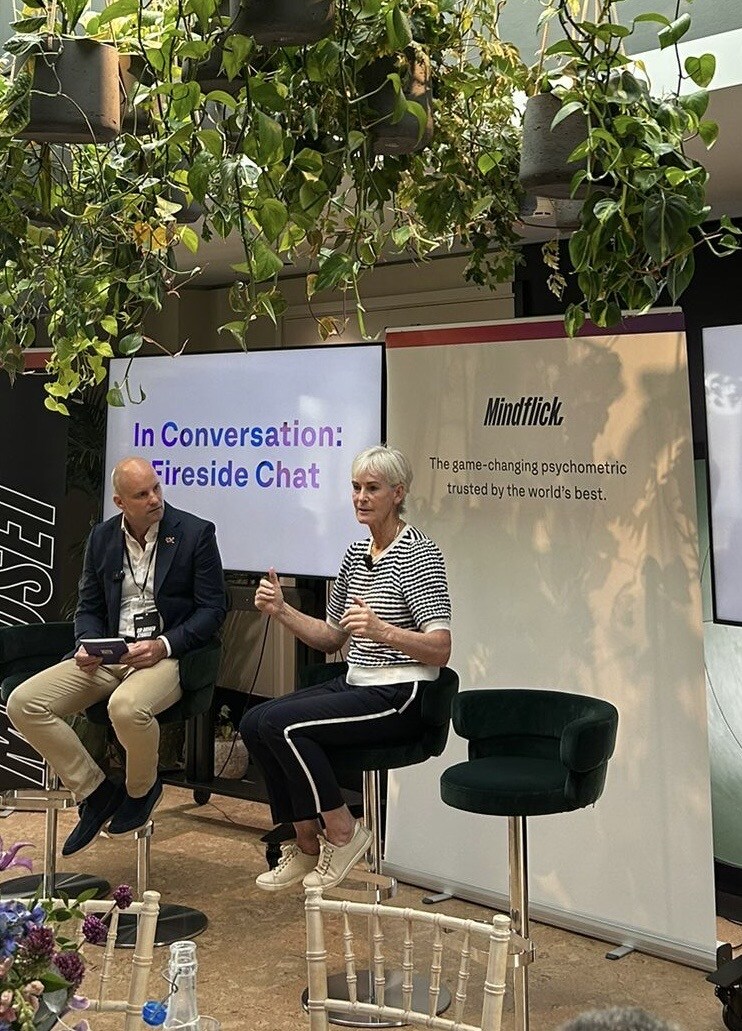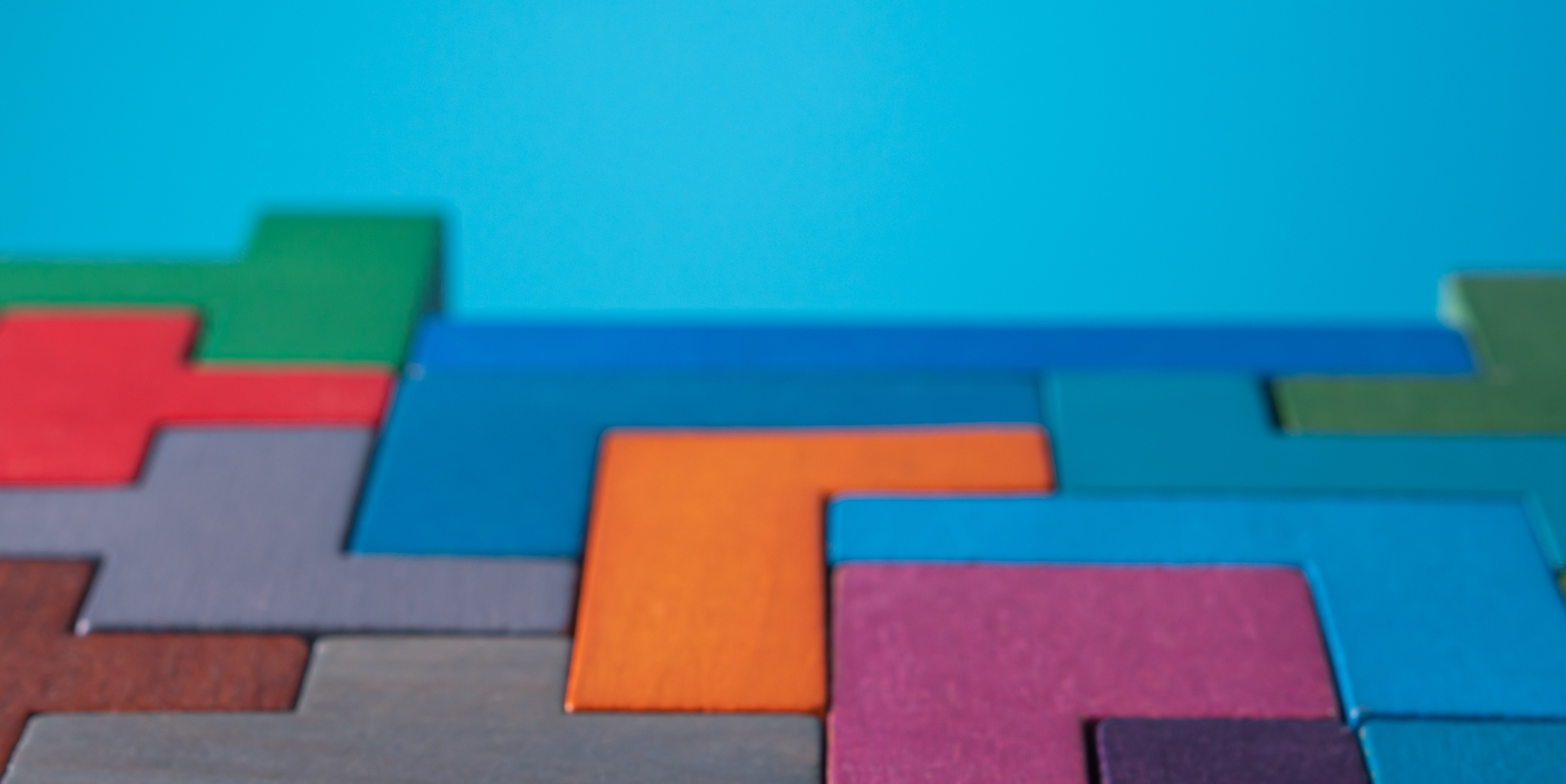
As a business consultant, most of my work involves working with teams and leaders to help people become more effective in the way they work, understand themselves to a greater degree, and to build sustainable improvements to the ways teams and individuals perform. This has seen
me work with a number of clients, including Specsavers, the NHS, and Sport Wales.
Having used Insights for over 15 years, when I first came across Spotlight, I saw it as a fresh, new tool to add to my kit bag. Whilst profiling is commonplace in many settings, I saw Spotlight as something which could add additional layers to what people already know. Through its language,
it encourages the idea of movement and adaptability, and, perhaps most importantly, it offers a deeper layer of understanding by looking beyond
behavioural style at mindset.
Adding the mindset layer
By focusing on mindset, Spotlight gives you that additional layer that you can really leverage in an environment that has embraced other profiling
tools in the past. People in these environments tend to get behavioural preferences – they’re well known from other tools. What mindset has given
these teams I have worked with is that little bit more depth. It has given people a brand-new angle on understanding self and others. It has sparked
fresh conversation within teams. And it has helped people to see how mindset underpins the behaviours others see.This layering approach became clear when working with a multinational organisation in the travel industry, who had previously used Insights throughout their teams. In particular, I was asked to work with a division who had recently appointed a new leader, the added challenge being they had two globally disparate teams – one in Canada, and one in Europe...
Having had a conversation with the new leader, it became apparent that the globally disparate nature of the teams meant they weren’t always aligned.
This came as no surprise to me – after all, they were from two different cultures, and two completely different time zones! Despite this, we still
needed to get them collaborating effectively in order to deliver at their best to their global audience.
To do this, it was important to develop a mutual understanding between the two teams – providing a shared understanding of individual differences
to enhance their communication. Given that the division had used Insights (another profiling tool that focused on behavioural style) previously, I
suggested we use Spotlight to help build on and expand this understanding. Not only would this enable me to introduce the idea of mindset on top of
what had been done before, but it would also allow us to build the sticky, shared language needed to create mutual understanding throughout
the division. The message Spotlight also landed in a powerful, clear, and empowering was for individuals to step outside their comfort zone to take
responsibility for and embrace adaptability (‘moving’ not just ‘knowing’ self).
We went about doing this using a phased approach. First, both teams took part in their own team session to begin to build a solid understanding of the
Spotlight models and key messages. These were done in-person and were positioned as part of a pathway for the division as a whole. As per a standard
team session, I introduced each team to the COPE and FLEX frameworks, before we explored the profiles within each team to begin generating an
understanding of the group’s mindset and behavioural preferences. The days then finished by exploring each team’s collective team map and their empty chair. Importantly, I also left them with some follow-up exercises at the end of these days to keep the profiles alive – this involved revisiting the frameworks within meetings, as well as the sharing of profiles between the team.
Building understanding between teams
Following these sessions, we then got everyone in the division together in a virtual session (bearing in mind this was pre-COVID), so that the teams
could begin to understand each other a bit more. Over zoom, we explored the different mindset and behavioural preferences within the two teams,
creating more understanding between them, whilst also further embedding that common language we aimed to create.
Doing this gave the leader the chance to really understand the subtly different strengths of each team and gave her huge insight into some of the bottlenecks and difficulties the division sometimes had experienced. This helped her to begin allocating workflows to play to team strengths and
ensure a complementary mix of styles on different projects. As an added extra, I also did some one-to-one coaching with the leader, using Spotlight
to help her understand her own preferences in more detail – particularly focusing on mindset. The unintended consequences of this was that she
rang me up at Christmas and asked me to do 6 profiles for her immediate family – and apparently, they landed brilliantly!
After these initial sessions, we’d planned some deeper work with the division this year, but due to COVID that’s taken a bit of a back seat.
However, from the early stages of this work, signs of impact had already begun to emerge. As well as helping to break the ice in a situation where
you had a new leader coming in, using Spotlight resulted in
a) The leader quickly understanding her team in greater detail, layering
an understanding of mindset on to an understanding of behavioural
styles, helping her to get the best out of each individual by tailoring
their individual development.
b) Enhancing individual awareness throughout both teams, particularly
around strengths, mindset and when to flex.
Some final thoughts...
I think the most powerful thing I took away from this particular piece of work is how you can elevate the value of Spotlight in an L&D environment which
has previously been totally absorbed to another behavioural profiling tool (in this case Insights Discovery). A lot of organisations already have their go to tool – but by using Spotlight to build on previous work, rather than blasting it out the water as no good, it allowed me to begin layering idea of mindset and adaptability on top of what had already been done. Not only did this help to generate a new level of understanding at a team level, but it also sent ripples through organisation as other teams began asking for Spotlight to be delivered.

Steve Robinson Performance Consultant, Leadership Coach, Team Facilitator and CEO of SI Consulting
Tags:
Adaptability, Leadership, Team Success, Business Change, Team Effectiveness, Personal Development, Team Adaptability, Personal Awareness, Mindset Change, Leadership Development, Team Dynamics, Behavioural Profiling, Mindset AnalysisApril 25, 2024



